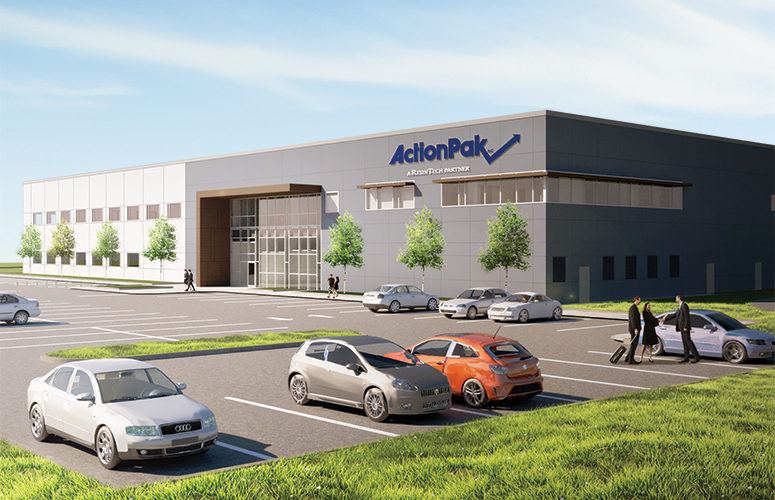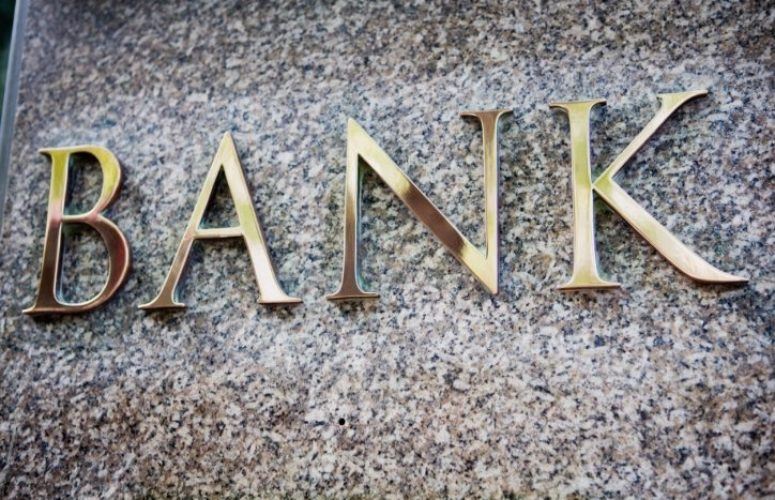
A Mixed Bag – A New Jersey Economic Update
On Oct 28, 2015Articles in this publication have focused on strong improvements in the New Jersey economy in the last year or two in areas such as bank lending and small business borrowing. Stepping back to take a more macro view of the overall economy in the state finds that it’s much more of a half-full, half-empty picture.
Employment, for example, is still weak. There are also serious concerns when it comes to needed infrastructure that isn’t being upgraded; taxes that aren’t being adjusted appropriately; and political gridlock.
This mixed-bag view was in evidence in the release of a survey of NJBankers members conducted in the fall of 2014 by Dr. James W. Hughes, dean of the Edward J. Bloustein School of Planning and Public Policy, Rutgers University, and his team, which included Dr. Marc Weiner, associate professor at the university.
The results of the survey found that the state’s bankers are generally optimistic about the national economy, while less so about New Jersey’s economy, though they rated improvements compared to the survey conducted in previous years.
Similar sentiments were noted in a late summer 2015 interview with Hughes. “While New Jersey has gained almost 192,000 jobs since the end of the Great Recession, the state’s economic recovery has lagged the rest of the nation,” he said.
“The nation actually recovered all of the jobs it lost during the Great Recession by February 2014, while New Jersey recovered only 77 percent of its job losses as of August 2015.” For the first eight months of 2015, he continued, the state added just 23,000 private-sector jobs, a sluggish pace similar to that of 2014.
A large part of New Jersey’s lagging economic performance can be attributed to one-time events unique to the state. The disastrous effects of Superstorm Sandy in 2013 caused ripples that spread beyond just the worst hit shore communities. “There’s been a negative multiplier effect that lasted into 2014 and beyond,” Hughes said. Atlantic City’s problems, as it has lost its East Coast gaming monopoly to neighboring states, has had similar negative multiplier ripples that began to be felt most strongly starting in late 2014.
Hughes also suggested there were positive developments in the state’s economy. He pointed to continued and even growing strength in areas such as warehouse/distribution/fulfillment centers; data centers; healthcare; and professional and business service sectors – though consolidation has also taken a growth toll in some traditionally strong industries in the state, such as a “big pharma.”
Perhaps the largest source of worries for economic planners that Hughes cited involved badly lagging infrastructure upkeep. “It’s been the key to the state’s economic growth and has long had a positive effect on the New Jersey economy,” he said.
“Our highway network once pioneered and led the nation and was the basis of our post-WW II prosperity. The toll roads that were built here helped fuel growth in the 1960s and 1970s.” The Interstate Highway System and public transit development “supported New Jersey’s growth in the 1980s and 1990s.”
Lack of infrastructure improvement and missed repairs lately constitute a threat to future economic growth in the state.
A Banker’s Perspective
Looking at the big picture, when it comes to the overall New Jersey economy, John E. McWeeney, Jr., president/CEO of the New Jersey Bankers Association, struck a cautiously optimistic note. “I would characterize the New Jersey economy as improved, but still a work in progress.
“Certainly, the banking sector of which I’m a part,” he continues, “is greatly improved both in terms of more capital (up 2 percent in just the last year), and in terms of liquidity (money available to lend). Bankers are in a good position to lend because they have more capital and a greater willingness to do so. For community banks, after all, this is where they make their money … by lending.”
Other strong sectors McWeeney cites include multifamily housing. “It has been booming in recent years, especially in cities like Jersey City and Hoboken. This growth has spun off to the construction industry as well.
“Another kind of commercial real estate that is also doing well is warehousing and distribution centers. We have a great location between New York and Philadelphia and ports in Newark and Camden.”
The New Jersey’s real estate picture isn’t all rosy, according to McWeeney. “Residential real estate is more of a mixed bag,” he says. There are low vacancy rates in some parts of the state and new construction as well, but there is still a very large foreclosure issue with residential real estate in New Jersey.
“We have the highest percentage of homes in the foreclosure process when compared to anywhere else in the country,” McWeeney continues. “We estimate that 70,000 homes are now in some stage of foreclosure, a figure that New Jersey’s leaders cannot be proud of.
“The foreclosure process can take up to three years to complete. It is a real drag on the residential housing market. This is something that leaders in the state have to address before the next recession.
“It’s a great drag on the whole economy, and a major hurdle to a full recovery because coming out of most recessions, residential real estate leads the way,” McWeeney says. “Not this time in New Jersey.”
With all the important basic economic advantages enjoyed by New Jersey – an affluent population, good location, skilled workforce, great education centers and more – McWeeney acknowledges strong headwinds beyond residential real estate.
“The first thing the state has to do is address its fiscal problems, including New Jersey’s high individual taxes, corporate taxes and real estate taxes, with bipartisan cooperation,” he says. “It took a long time to get where we are now, and it will take time to change, but it has to be done.”
Like other experts who have carefully considered the state’s economic difficulties, McWeeney points to infrastructure challenges. “We need more investment in bridges and highways. The state’s Transportation Trust Fund is almost depleted and that needs attention and a solution. Addressing the trust fund issue will be a good bellwether for our leaders so they can address even more complex issues.”
About current trade challenges that have arisen because of developments in China and a strong US dollar, McWeeney takes a long view. “There are always ups and downs with trade. But in the long run, trade [on a global scale] will benefit the state a lot more.”
On the matter of trade and its present effects on the New Jersey economy, Robert Doherty, New Jersey state president and credit executive for commercial banking, Bank of America Merrill Lynch, notes that the increased focus on trade has helped strengthen the state’s economy in recent years. “Previously, only large firms [in the state] focused on trade,” he says. “Now, smaller and middle-market companies are interested in trade at some level.”
There is a widely held view that the state is still in an economic recovery phase. “It has not yet bounced back completely. There is definitely a pick-up – though it’s a slow one,” Doherty says.
Doherty cites several reasons for the economic bounce back in the state. “While tourism is showing strength, every town has not fully bounced back. Technology is another bright spot, and New Jersey is beginning to follow the Silicon Valley example,” Doherty says. “Higher education and technology are now working more closely together, as well.”
“Additionally, we’re seeing healthcare growth,” he continues. “We have great hospitals and health workers in the state, and they are only getting better.”
Doherty notes that the financial services sector continues to be a sizable and growing economic factor. However, in virtually every conversation about New Jersey’s economic future, one concern continues to threaten the state’s future: infrastructure.
“Infrastructure is the biggest issue we are dealing with in New Jersey,” Doherty concludes. “Monies need to be allocated to infrastructure. New Jersey has great ports, railways and airports. We are, however, going to need new tunnels across the river. It has to be done. I think it will be funded by the federal government or our own Transportation Trust Fund.”
Related Articles:





